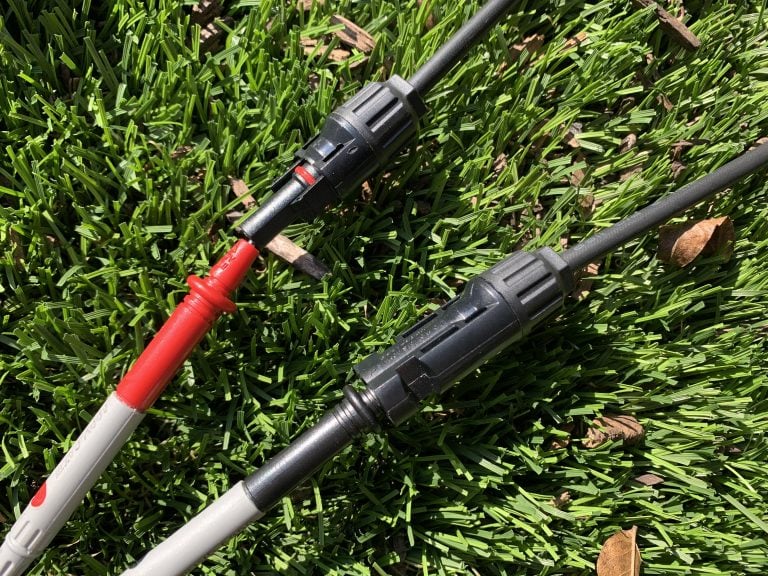There are several reasons why the current measured with a multimeter might not match the expected or standard current output of a solar panel.
- Insufficient Light Intensity:
- Solar panels generate electricity in response to light. If the light intensity is lower than the conditions under which the standard current is specified, the panel will produce less current. Weather conditions, shading, or improper orientation can affect light intensity.
- Angle of Incidence:
- The angle at which sunlight strikes the solar panel, known as the angle of incidence, can impact its efficiency. Solar panels are typically tested and rated under standard test conditions (STC), which assume sunlight at a specific angle. If the angle of incidence deviates significantly from the standard conditions, the current output may be lower.
- Temperature Effects:
- Solar panels can experience a drop in efficiency as temperature increases. Standard test conditions assume a specific operating temperature. If the panel is hotter than these conditions, it may produce less current. Solar panels are often tested at 25 degrees Celsius, and higher temperatures can reduce efficiency.
- Mismatch with Load Resistance:
- Multimeters have an internal resistance, and if the load resistance is not matched with the internal resistance of the multimeter, the measured current may not accurately represent the actual current output of the solar panel.
- Aging and Degradation:
- Over time, solar panels can experience degradation due to exposure to environmental factors. This can result in a reduction in their efficiency and, consequently, a decrease in the current output compared to their initial specifications.
- Inaccuracies in Multimeter Calibration:
- Multimeters need to be accurately calibrated to provide precise measurements. If the multimeter is not calibrated correctly, it may give inaccurate readings.
- Measurement Errors:
- Human errors, such as incorrect connection or improper settings on the multimeter, can lead to inaccurate measurements.
- Panel Misalignment or Damage:
- Physical damage to the solar panel or misalignment with the sun can impact its performance. Check for any visible damage or misalignment that might affect the current output.
- Interference or Shading:
- Shading, even on a small part of the solar panel, can significantly reduce its overall output. Ensure that there are no shadows or obstructions affecting the panel.
- Voltage Drop in Wiring:
- If the wiring connecting the solar panel to the multimeter has significant resistance, it can cause a voltage drop and affect the measured current. Use appropriate gauge and length of wires to minimize voltage drop.
To troubleshoot and ensure accurate measurements, it’s essential to check the environmental conditions, panel orientation, connections, and the calibration of the multimeter.


